
Why do You Need to Knead Bread Dough? (with pictures)
Here is a step-by-step guide to fix an over-proofed dough: The first step is to knead the dough back into shape. Kneading will help redistribute the yeast throughout the dough and give it more structure. Be sure not to over-knead, as this will lead to a tough texture. Once you have kneaded the dough, let it rest for 10 minutes before continuing.

Knead BBC Good Food
Start with an amount of room temperature dough - slightly more than half a teaspoon - enough to cover most of one hand. Take each side at one time between your thumb and index finger until all four sides have been folded back into itself twice (from 12 o'clock over to 6 o'clock then from 9 o'clock over to 3 o'clock).
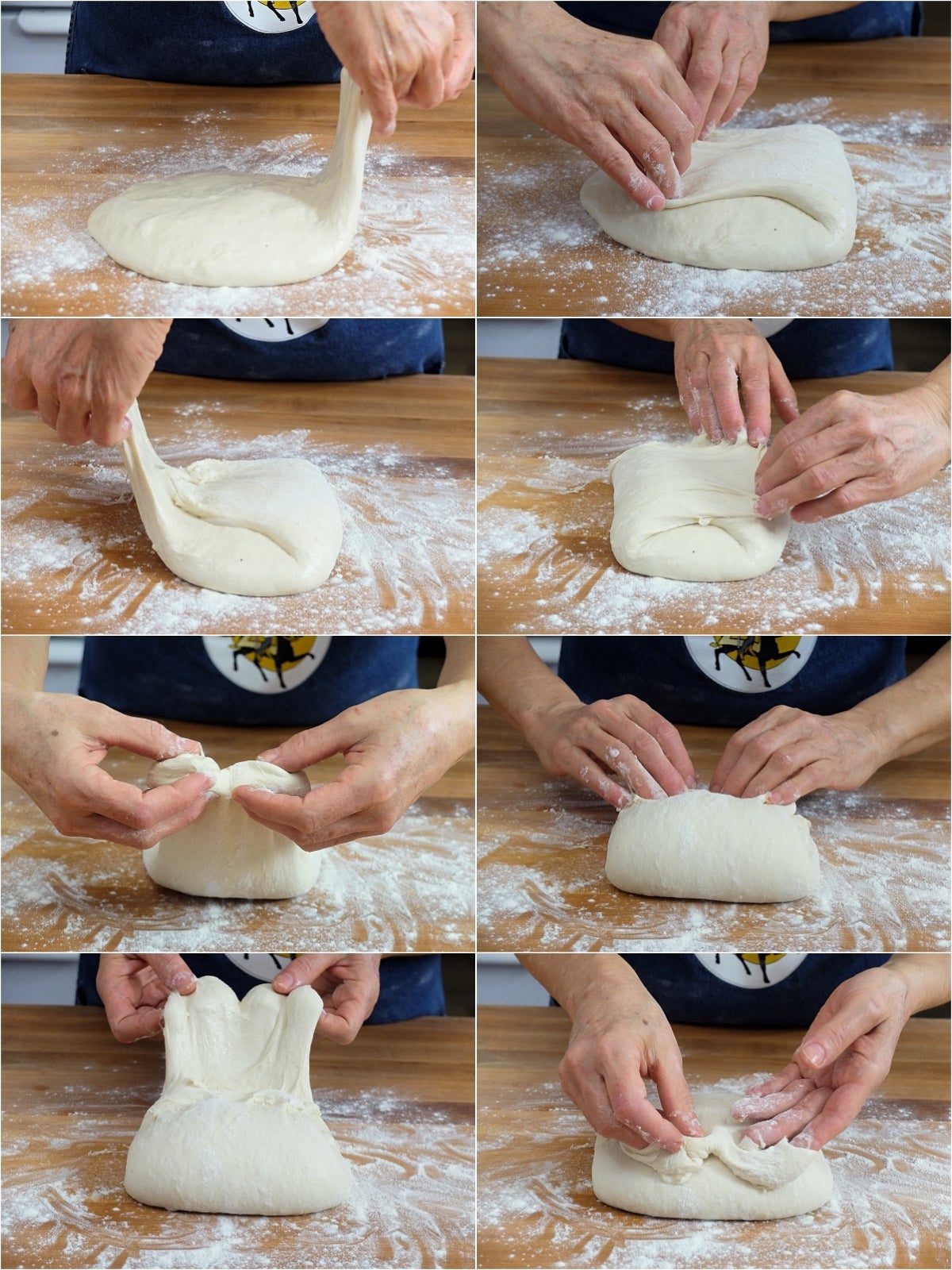
Kneading wet dough by hand King Arthur Baking
Remove the dough from the proofing bowl and firmly press down on the dough to degas it. Once all the bubbles of air have been removed, you can now reshape your dough. Place the reshaped dough into a loaf pan and leave it to proof again. Once the dough is 1″ above the pan, it's ready to be baked.

What Happens If You Over Knead Dough? Oh Snap! Cupcakes
February 21, 2018 A question posed by a reader in a recent issue of Sift magazine covers familiar territory for many of us yeast bread bakers: how to deal with over-proofed dough. "Every once in a while I have over-proofed dough. So what can I do with it? I just hate waste and don't want to throw it away," writes Colleen Guertin.
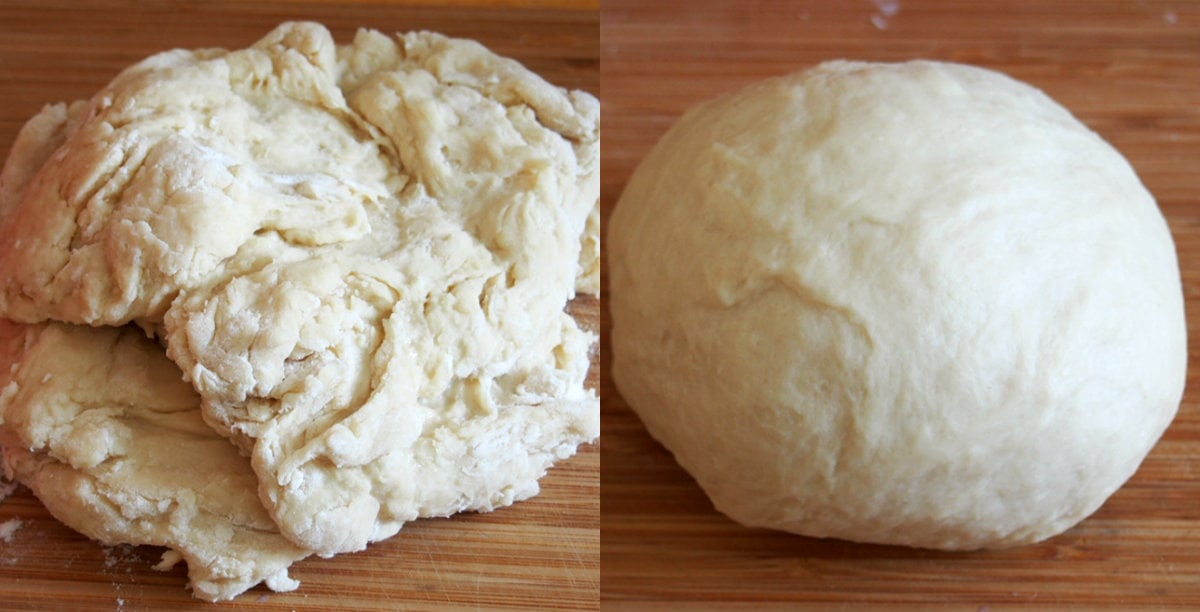
How To Knead Bread Dough (Video) Woman Scribbles
Under Kneading If you did not knead your dough by hand, or if you don't allow it enough time in your mixer, the dough will lack strength. Not enough kneading would result in a product that is unable to hold its shape, acts listless and fails to inflate. Instead of rising, the dough will spread out flat.
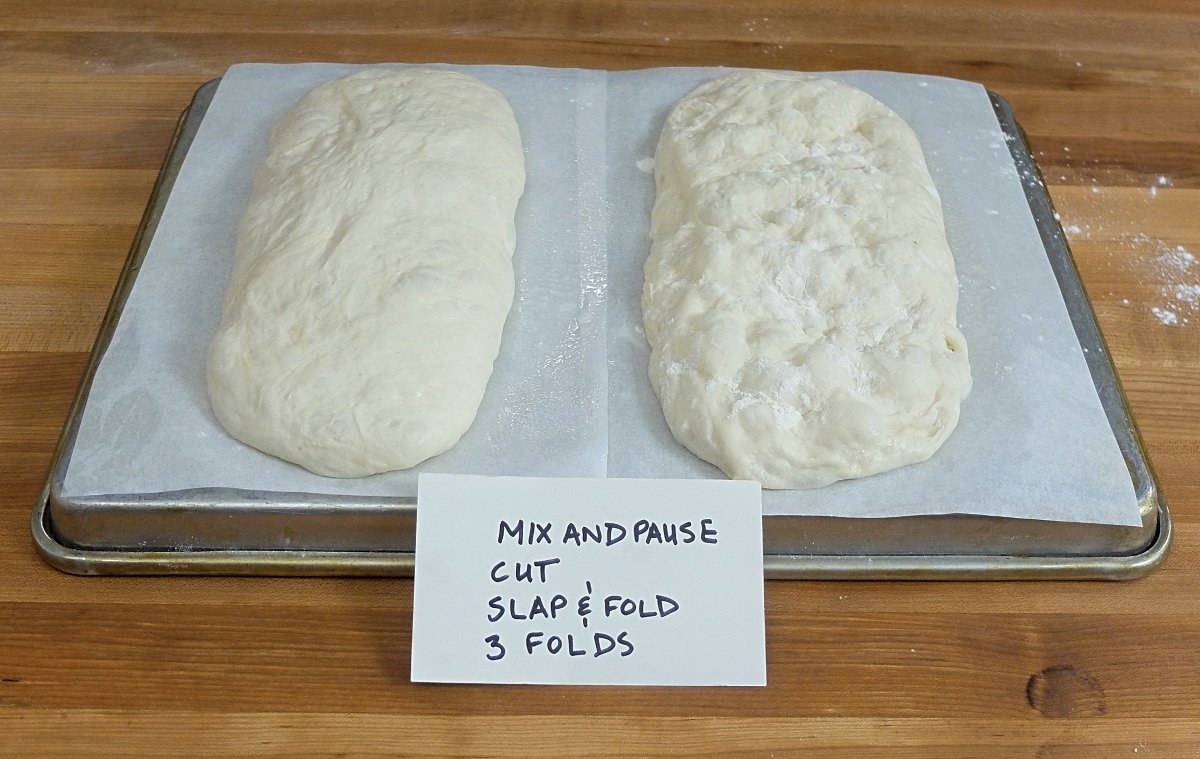
What Happens If You Over Knead Bread Dough Bread Poster
Kneading is the simple but effective process of pushing and folding the dough to create a chewier and tighter crumb. Don't go overboard! Maki_shmaki/Getty Images Kneading is essential to many.
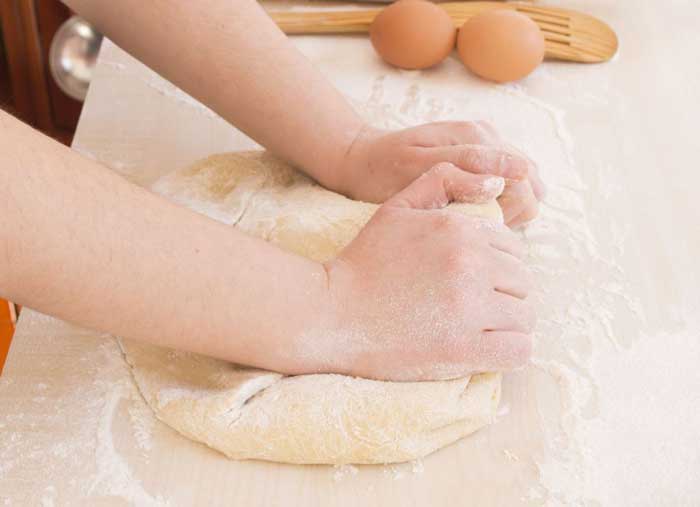
What Happens If You Over Knead Dough? The Windup Space
Turn the dough about 45 degrees and knead again with the heels of your hands. If it is getting sticky, add a little more flour. Continue to knead, folding and turning the dough, until it is smooth and supple. Tips to Knead Properly

Overkneaded Dough Bell Center for Anxiety and Depression
1. Let It Rest Using a stand mixer usually leads to over-kneading the dough because it works faster than human hands. You have to check the dough every 2 to 3 minutes. If the dough feels tight and tough, you must set it aside and let it calm down to loosen the gluten structure [ 1 ]. Let the dough rest for double the suggested time in the recipe.
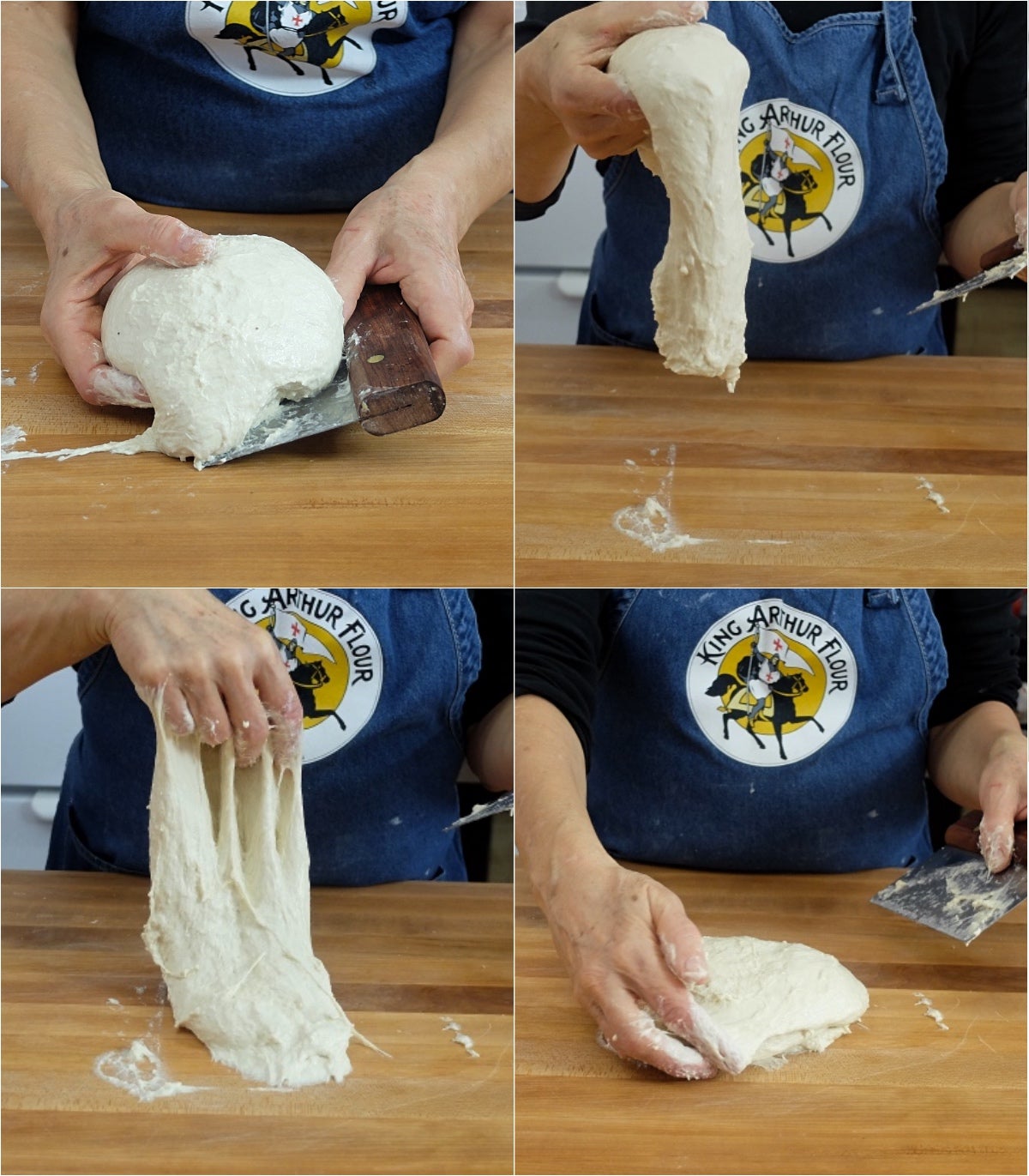
Kneading wet dough by hand King Arthur Baking
Kneading serves a couple of purposes. First, we're incorporating air into the dough. And second, we need to stretch out the gluten strands to build structure and strength into the bread. Simply mixing the dough together leaves us with a random, disorganized array of gluten proteins.
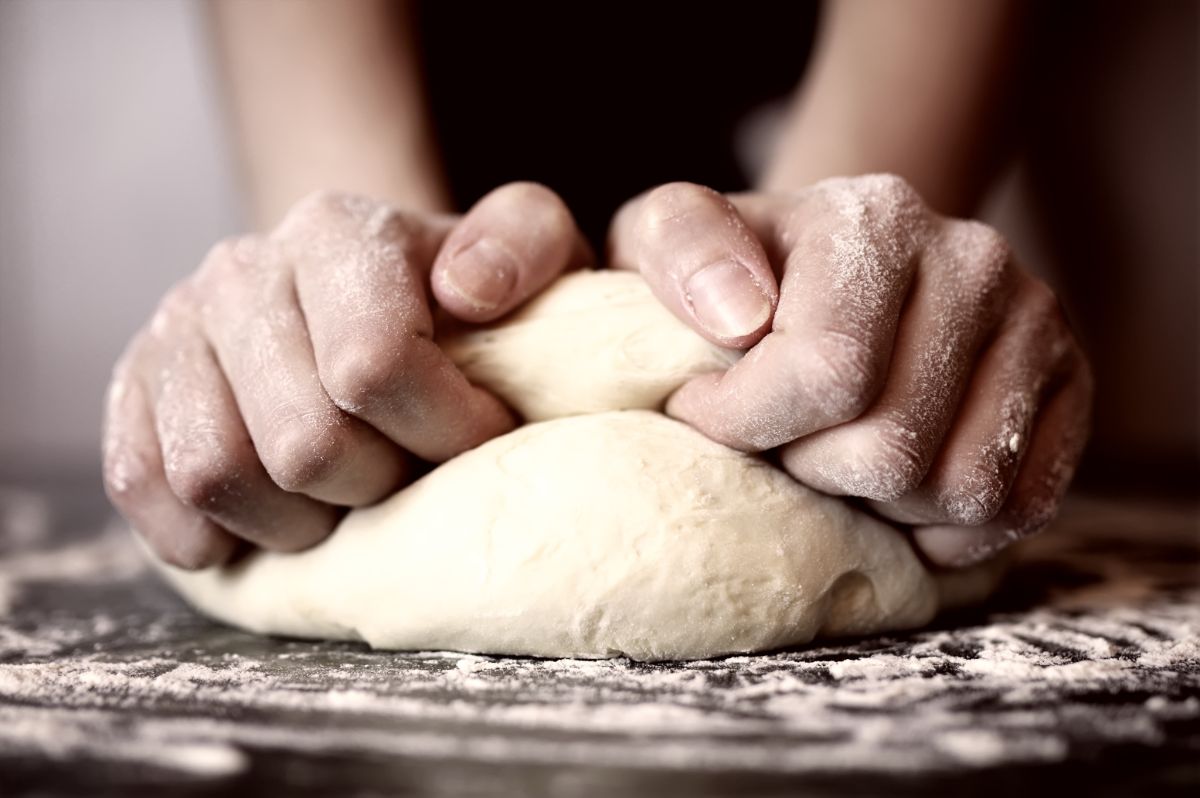
🥖 How Do You Know When Pizza Dough Is Kneaded?
Kneading dough is as simple as pushing the dough away from you with the heel of your palm, folding it over itself with your fingers, and pulling it back. This repeated push-pull cross-knits the.

How to Knead Dough by hand without an electric mixer so you can create
Kneading helps smooth the dough out. Your dough should be ready when has a nice, smooth texture. The Dough Springs Back After kneading the dough for several minutes, press it with your finger.
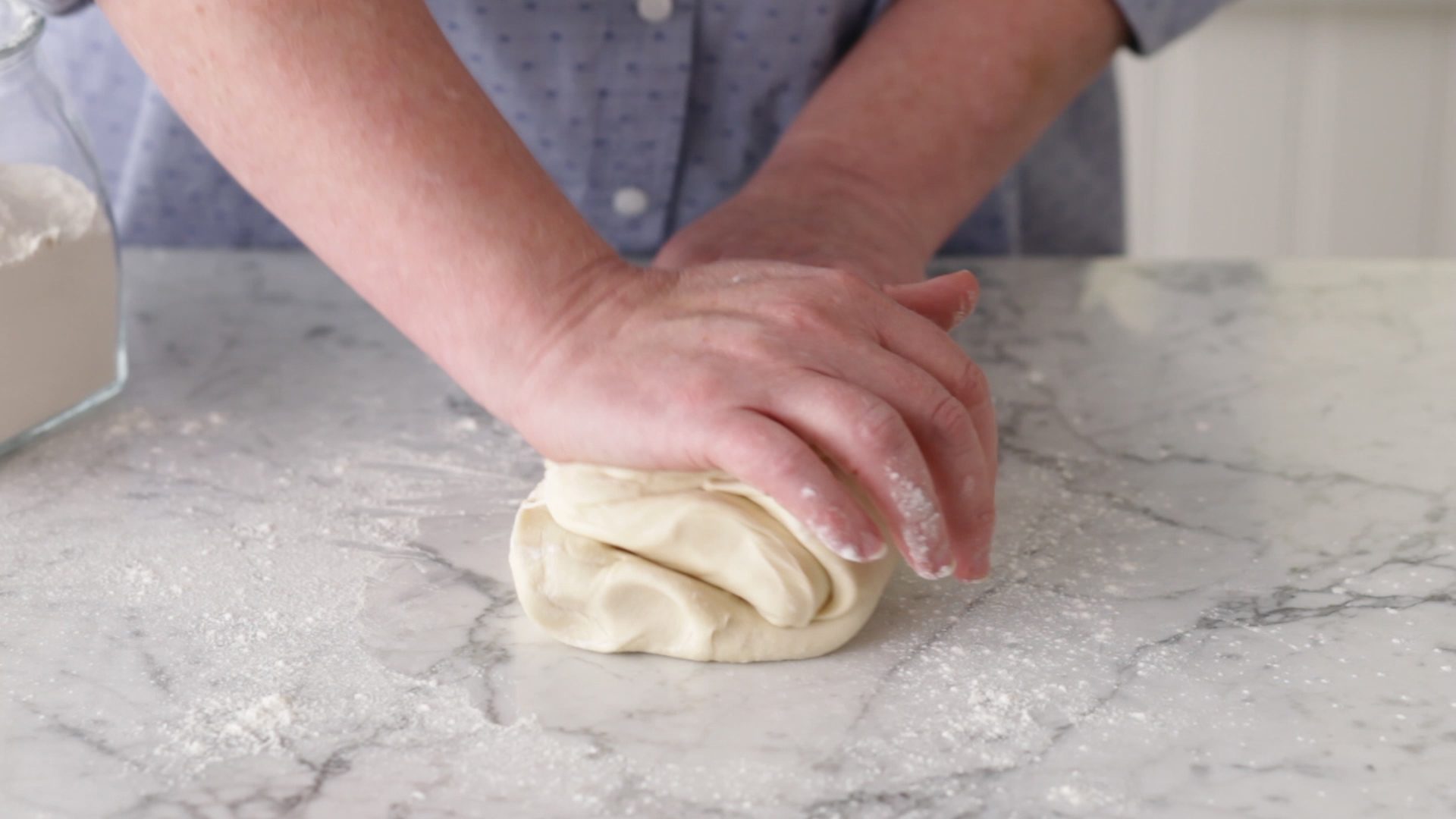
How to Tell If You're Kneading Dough the Right Way Taste of Home
14 In addition to @rumtscho's answer, there is another option: Dough that has active yeast in it can be used as a starter culture for future doughs. This is the method by which bakers used to propagate their yeasts before the advent of readily available dried or pure fresh yeast cultures.

Can You Over Knead Dough By Hand? See This Test Crust Kingdom
Loaves made with over-kneaded dough usually turn into bread with a tough, crusty exterior, great for making breadcrumbs. Under kneaded loaves will flatten while cooking. Kneading Bread Pro Tips. Keep the dough moving. Once you place the dough onto your work surface, shape it into a mound. Use one or both hands to press it down and away from you.
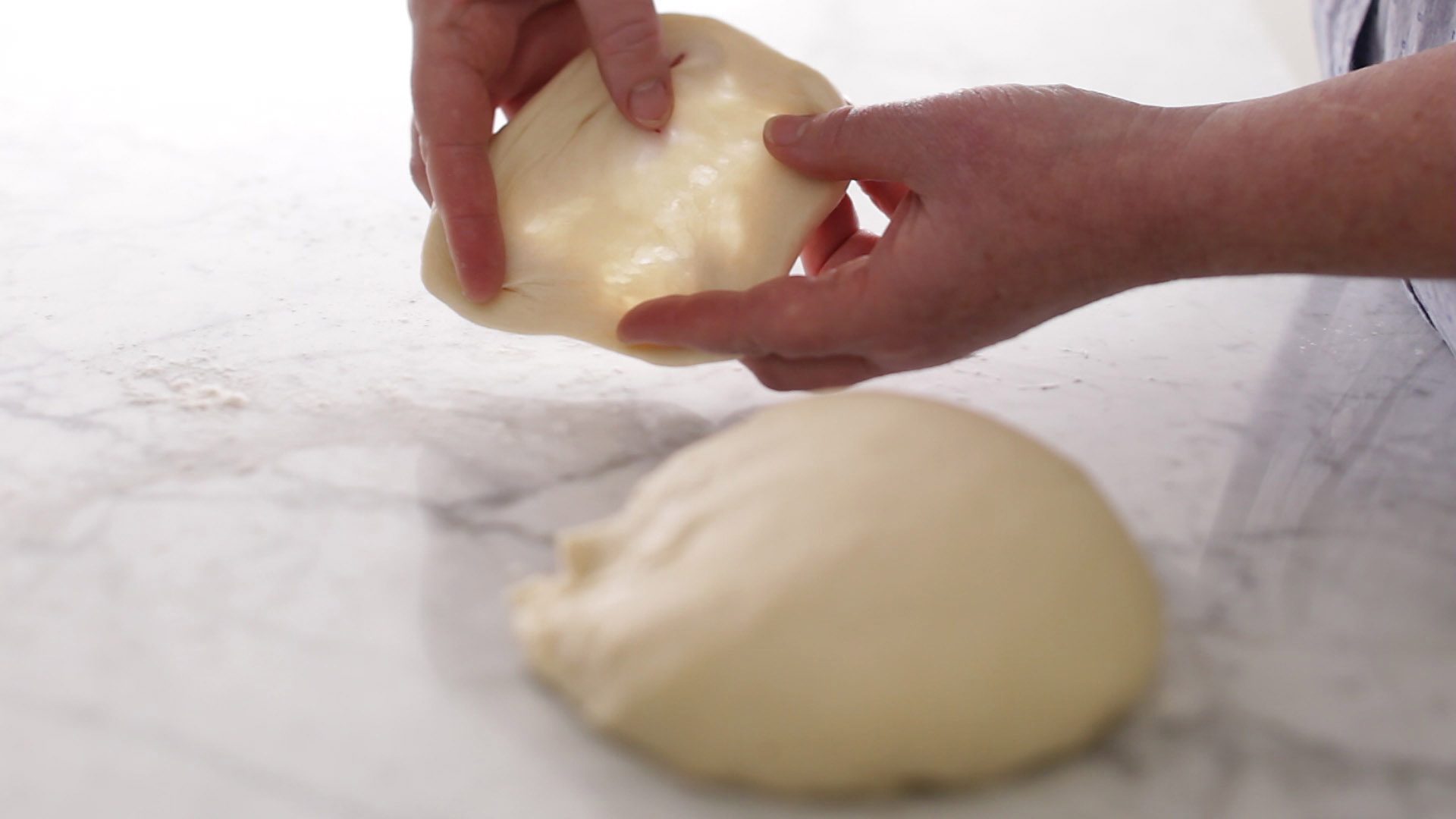
How to Tell If You're Kneading Dough the Right Way Taste of Home
Over-kneaded dough will also tear easily; in under-kneaded dough this is because the gluten hasn't become elastic enough, but in over-kneaded dough, this means that the gluten is so tight that it has very little give. If you think you've over-kneaded the dough, try letting it rise a little longer before shaping it.
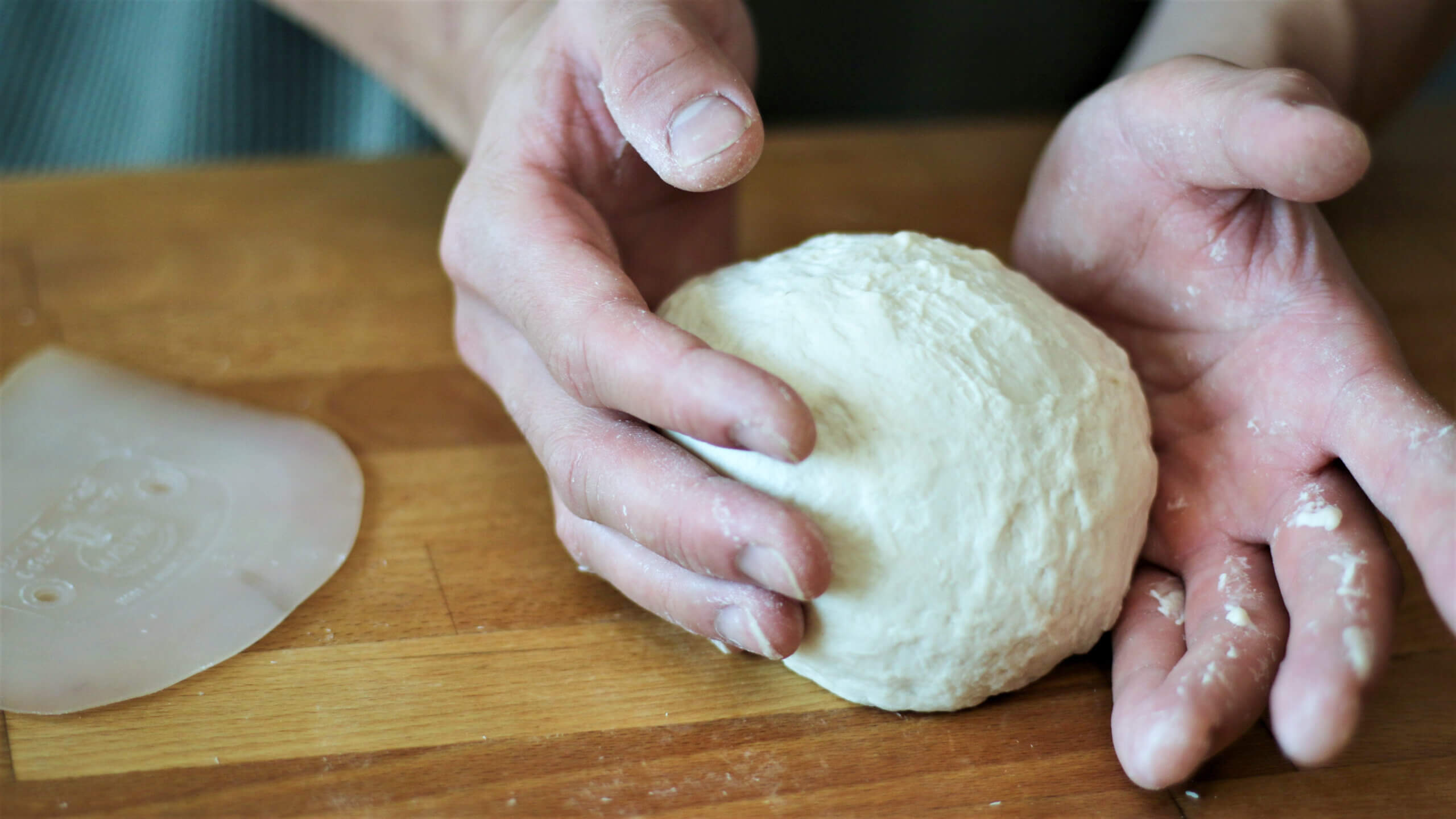
How to Knead Dough by Hand Better Your Bake
Over-kneading can lead to tough, dense results, so don't overdo it! From the magic of mixing flour and water to the tender, golden crusts that emerge from your oven, there's a lot more to kneading than meets the eye.

What Happens if You Over Knead Dough? (And What to Do About It
01 of 09 Moderately soft dough; smooth and elastic Brie Goldman This dough is soft and supple but elastic (holds its shape and pulls back together). Gluten Development Two proteins in flour, gliadin and glutenin, combine to create gluten when mixed with water.